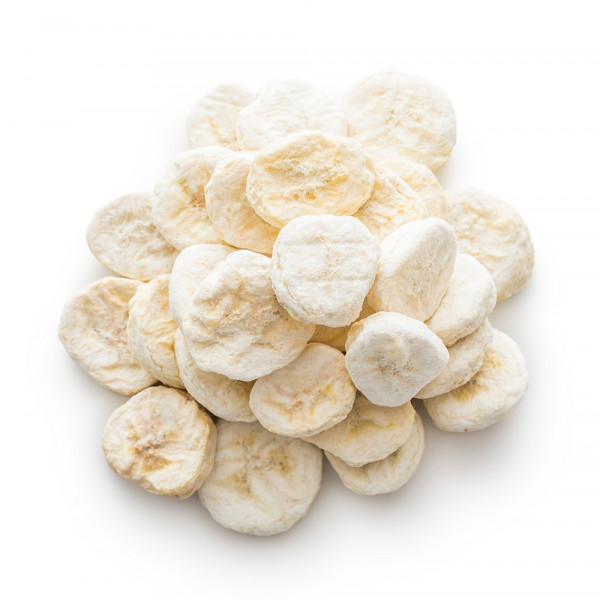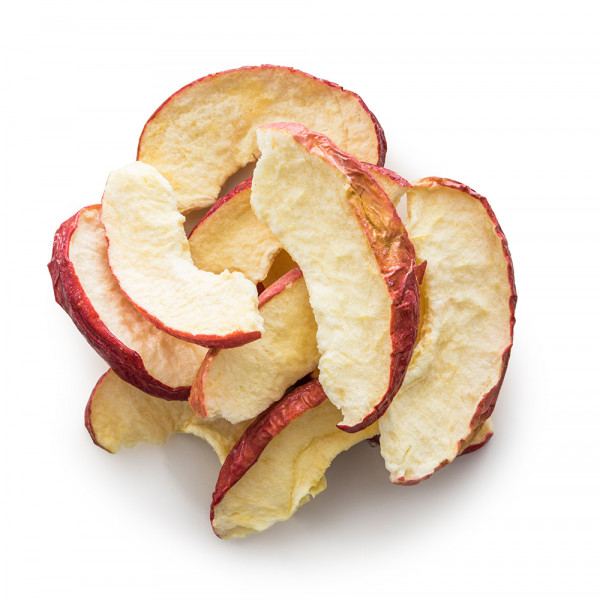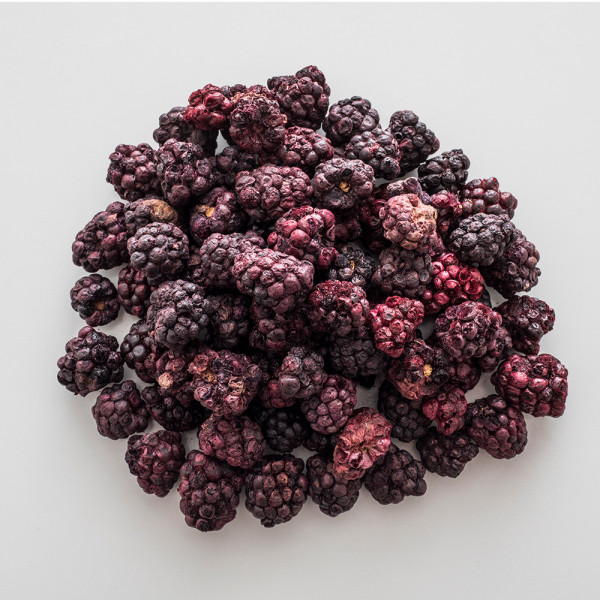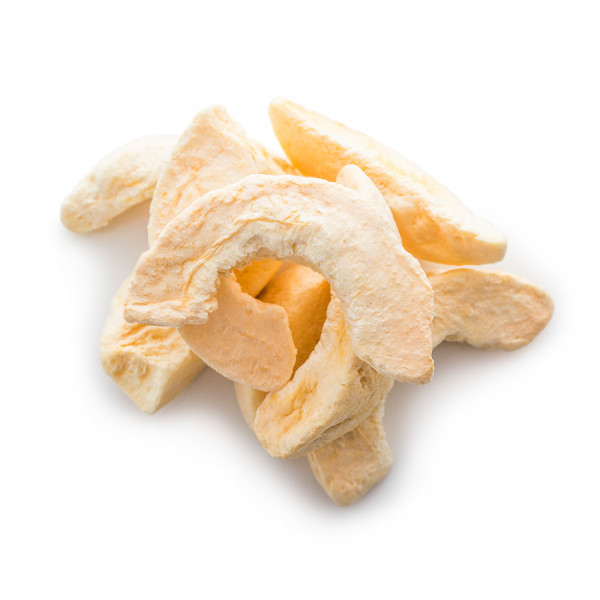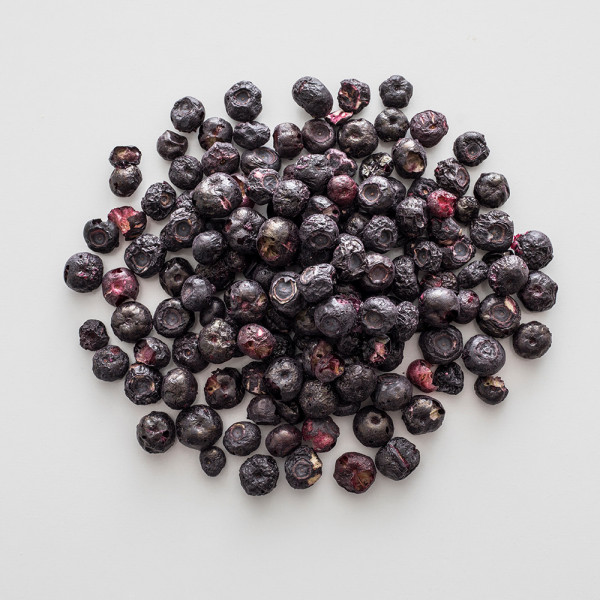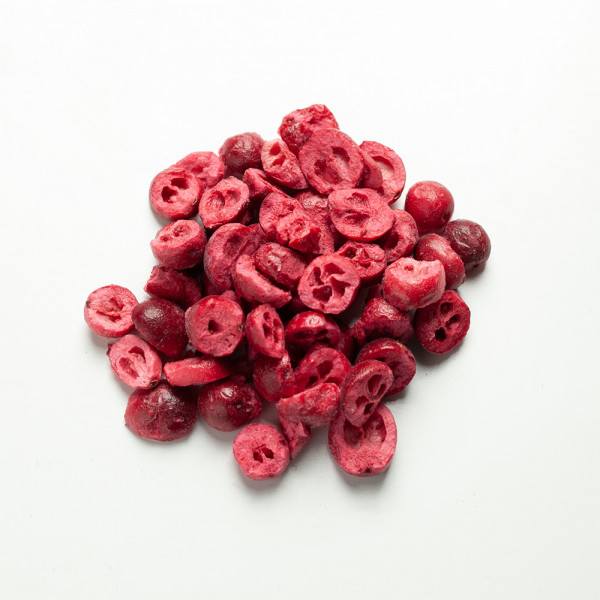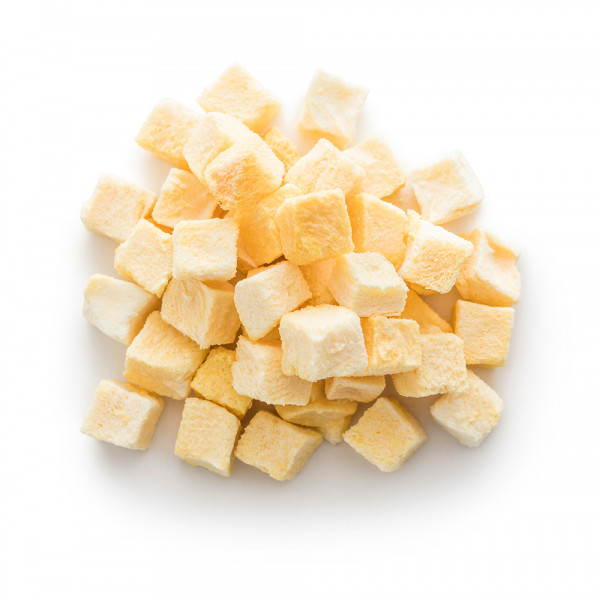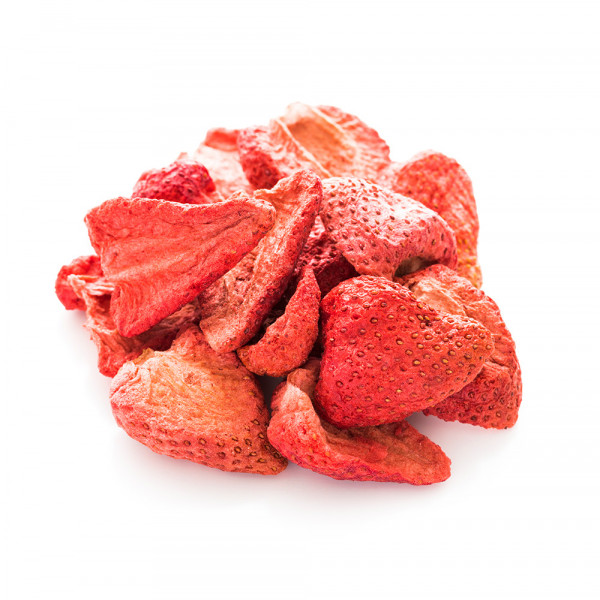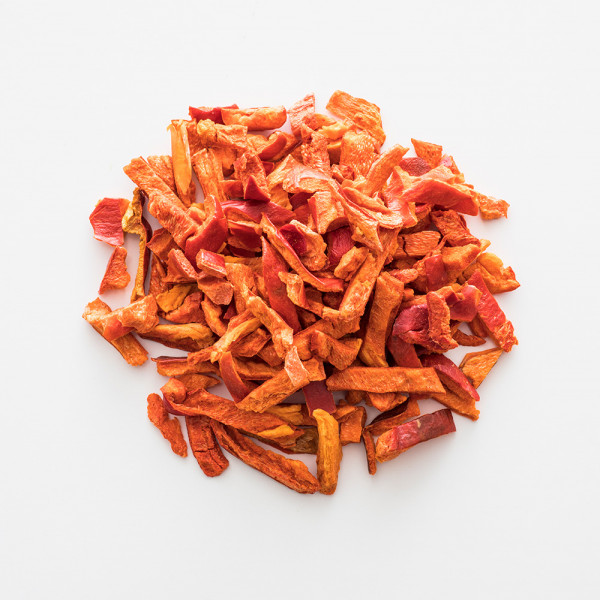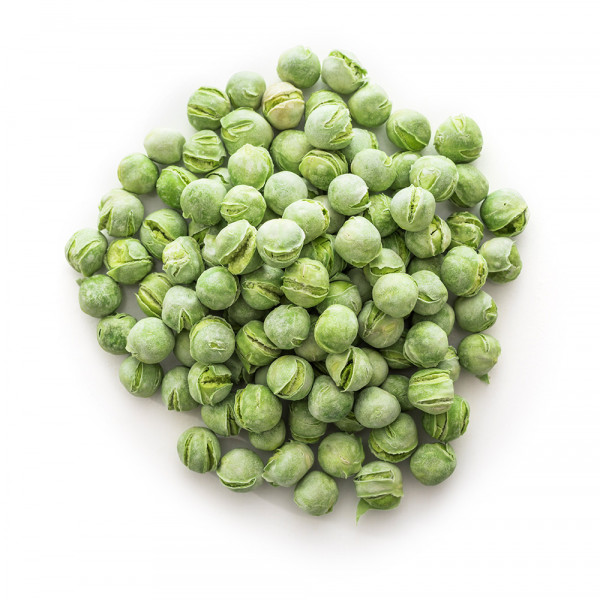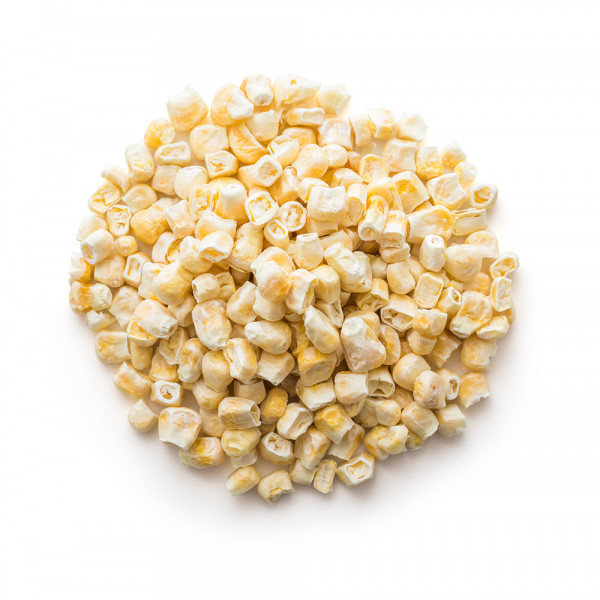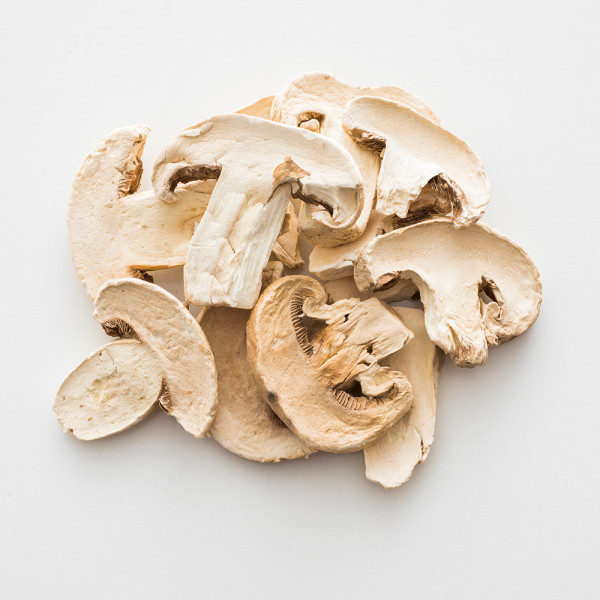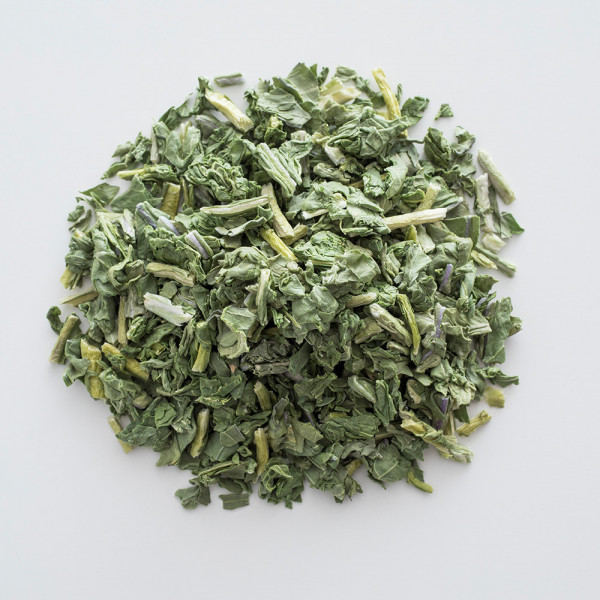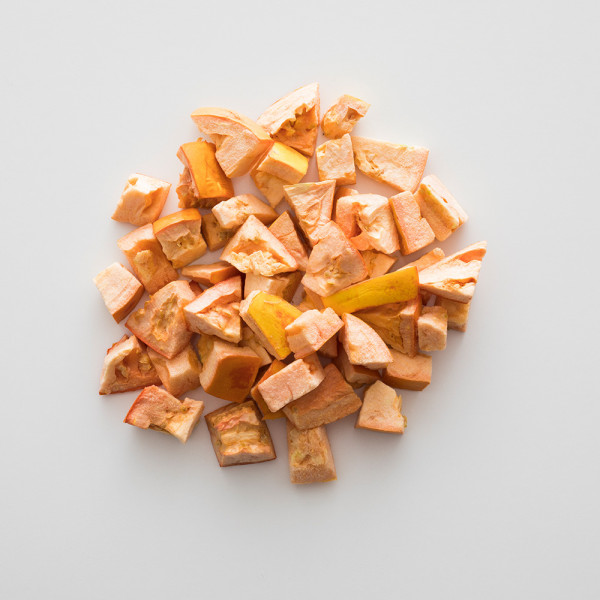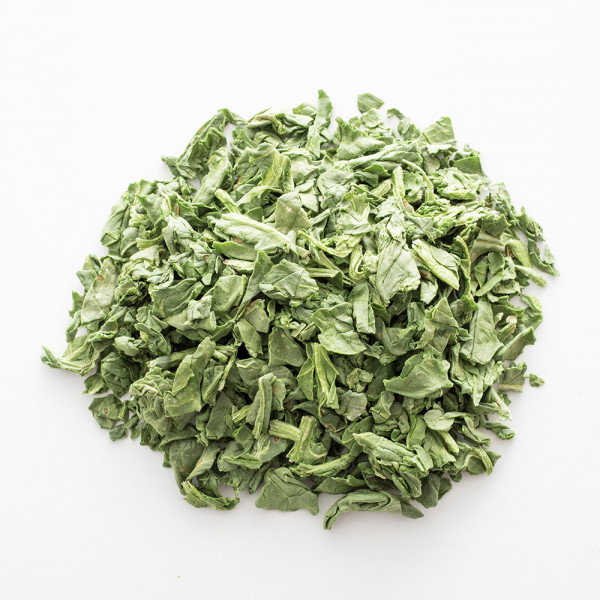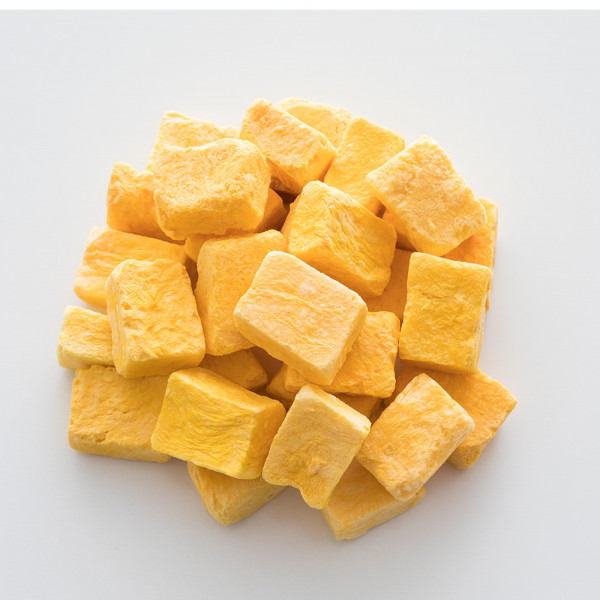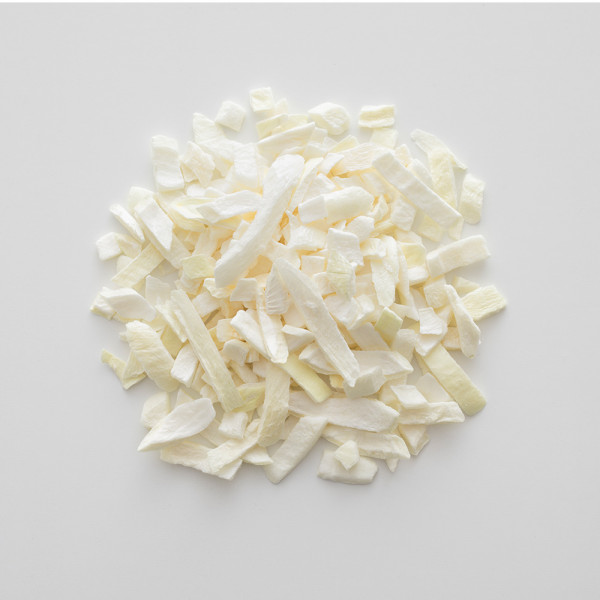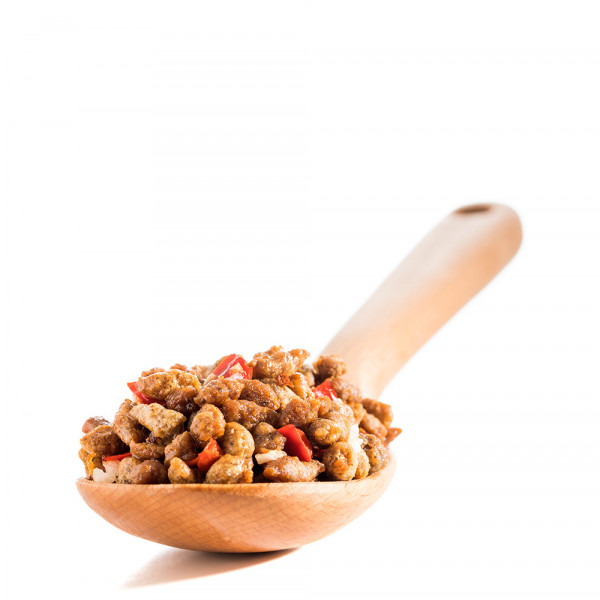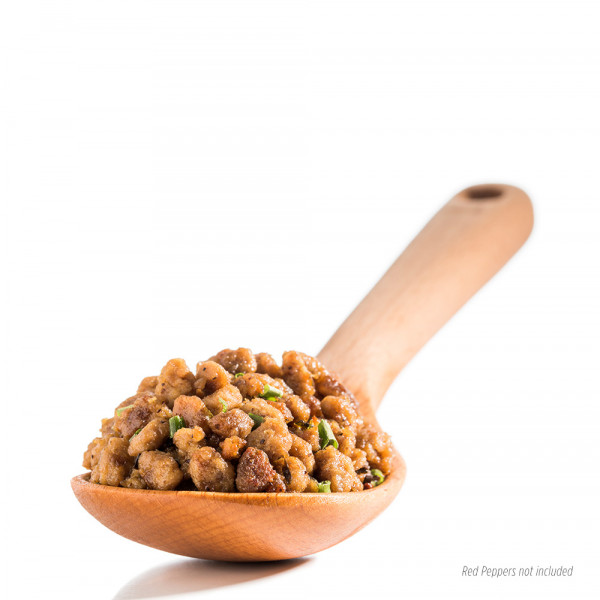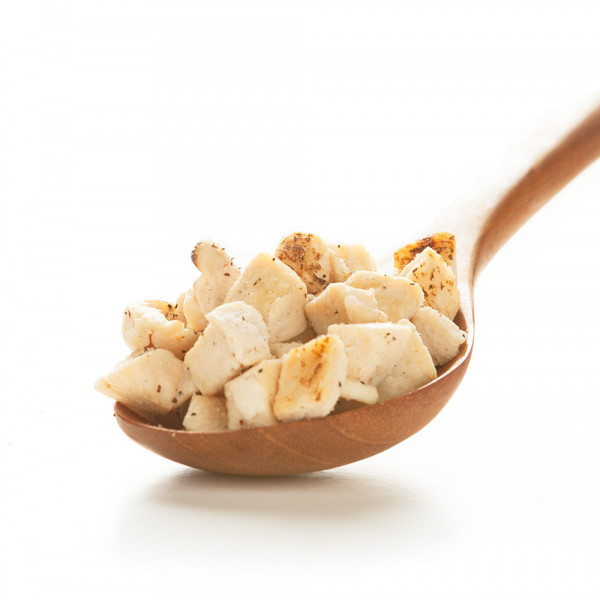As a mother and a foodie, I am deeply concerned about the current situation happening in the UK. Grocery stores have started limiting the produce that customers can purchase due to supply chain issues. This is a stark reminder that supply chain issues are real, and they can have a significant impact on our daily lives.
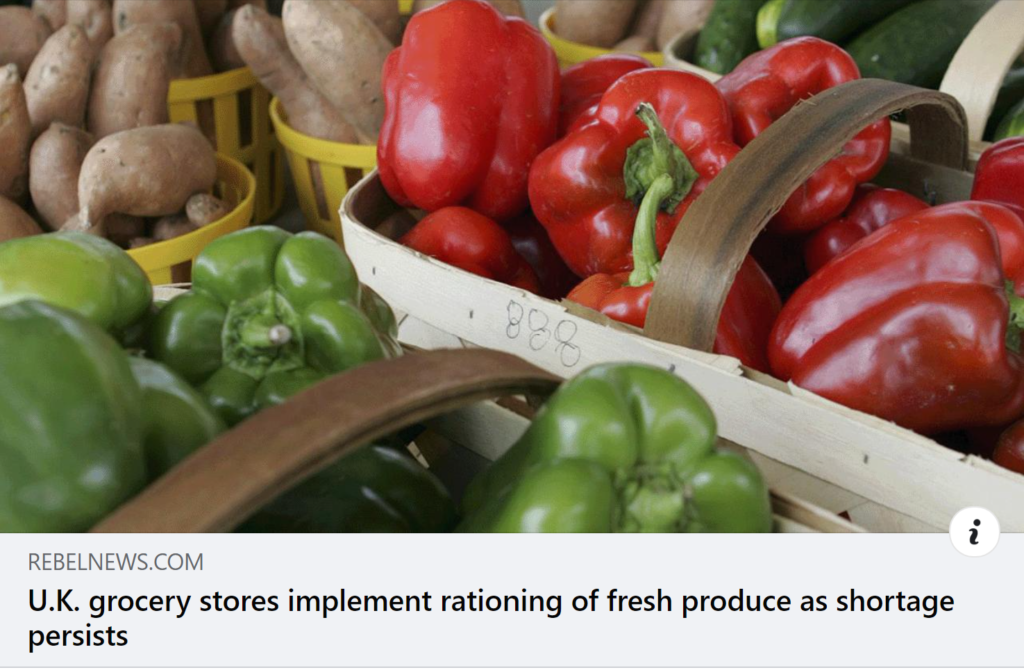
While the UK is currently experiencing these issues, it’s important to remember that North America is not immune to supply chain disruptions. We’ve already seen shortages of certain items, such as toilet paper and hand sanitizer, during the pandemic. We must be prepared for the possibility of similar shortages in the food supply chain.
So, what can we do to prepare? First and foremost, we need to take a hard look at our home food supply and determine if we’re ready for potential shortages. Stocking up on non-perishable items, such as canned goods, rice, and pasta, is a great start.
But it’s not just about having food on hand. We also need to consider the quality of the food we’re storing. Freeze-dried and dehydrated foods can be a great option for emergency situations as they have a long shelf life and retain their nutritional value.
That’s why I’m sharing a website, www.karennelson.thrivelife.com, where you can find a wide selection of high-quality freeze-dried and dehydrated foods that are perfect for every day cooking as well as for emergency situations. These foods are not only delicious, but they’re also packed with nutrients, making them a great option for maintaining a healthy diet during times of uncertainty.
Bonus: 5 Tips To Help You Save Money On Groceries With Thrive Life.

In addition to stocking up on food, it’s also a good idea to consider starting a garden or participating in a local community-supported agriculture program. These options can provide fresh produce and help reduce the impact of potential supply chain issues.
If you’re looking to start a garden of you own to support your home food supply, there are a few key crops that are well-suited to growing in both Canada and the USA. One great option is tomatoes, which are easy to grow and come in a variety of sizes and colors. Other popular crops include peppers, cucumbers, and zucchini, which all thrive in warm weather and can produce a bountiful harvest. Leafy greens, such as lettuce and kale, are also a great choice for cooler climates, as they can be grown early in the season and again in the fall. And if you’re looking for a crop that can be stored for the winter months, consider growing potatoes, which are relatively easy to cultivate and can be stored for several months. By growing these crops in your garden, you can supplement your home food supply with fresh, healthy produce and reduce your dependence on grocery stores.
A local community-supported agriculture (CSA) program is a partnership between farmers and consumers that allows individuals to purchase a share of the farmer’s harvest for a season. Essentially, by buying a share in a CSA program, you become a “member” of the farm, and in return, you receive a weekly or biweekly box of fresh produce throughout the growing season.
Participating in a local CSA program can be a great way to build up your home food supply for several reasons. For one, it allows you to support local farmers and invest in the local economy, which can help to create a more sustainable food system in your community. Additionally, by purchasing a share in a CSA program, you’re able to access a wide variety of fresh, seasonal produce that you may not be able to find in grocery stores. This can help to diversify your diet and ensure that you’re getting a range of nutrients throughout the growing season. And finally, participating in a CSA program can be a fun and rewarding experience, as you get to see the fruits (and vegetables) of your investment and connect with the people who grow your food.
As a concerned mother and foodie, I urge you to take these steps seriously. Supply chain issues are real, and we need to be prepared for the possibility of shortages. If you need help getting started with your home food supply, please feel free to contact me or comment below. Together, we can ensure that we’re ready for any potential disruptions that may come our way.
When it comes to building up your home food supply, freeze-dried food is a great option to consider. But what exactly does freeze-dried food look like? Well, it might surprise you to know that freeze-dried food looks and tastes just like fresh food! During the freeze-drying process, fresh foods are first frozen and then placed in a vacuum chamber where the water is slowly removed through sublimation, resulting in a lightweight, shelf-stable product. When rehydrated, freeze-dried foods retain much of their original texture and flavor, making them a delicious and convenient option for every day cooking, hiking, camping, and emergency preparedness. Plus, with their long shelf life and ease of storage, freeze-dried foods can be an important part of any home food supply. So don’t be afraid to give freeze-dried food a try – you might be surprised by just how tasty and versatile it can be!
Here are some images of the freeze-dried foods you can get from my website. Check these out!
